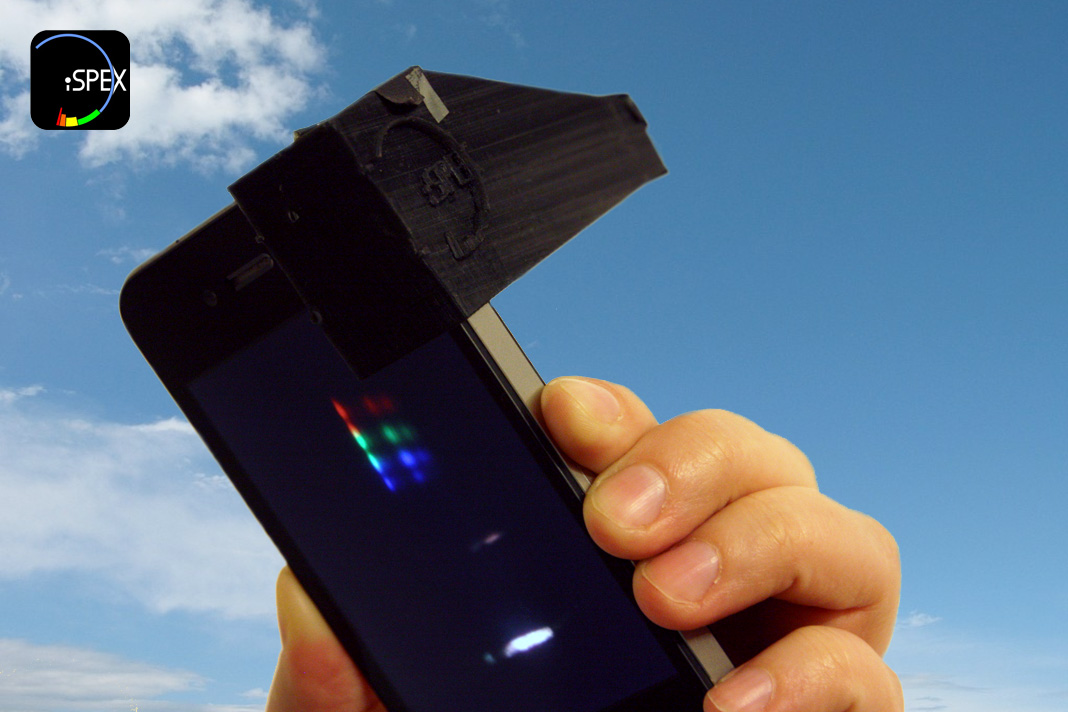Daily Image
15-03-2012Today's colloquium: Polarimetry of (exo-)planetary atmospheres
| Submitter: | Colloquium organisers |
| Description: | Polarimetry constitutes a unique probe of planetary atmospheres, as it allows for an unambiguous characterization of the atmospheric constituents. For instance, the presence of sulphuric acid droplets in the atmosphere of Venus was discovered using polarimetry. Technical advances in polarimetric instrumentation now allow us to study solar system planets in unprecedented detail. We obtained ground-based observations of Venus and Saturn with our own imaging polarimeter ExPo at the WHT, and with the IRSOL solar telescope. To furnish global observations of aerosols in the atmospheres of Mars, Jupiter and Earth, we are developing various incarnations of the SPEX instrument that will operate on orbiting satellites. SPEX is based on a novel polarimetric modulation technique that enables very accurate measurements without any moving parts. This technique can even turn many smartphones into spectropolarimeters, which we will use to create a crowdsourced network for measuring hazardous particulate matter in the Earth's atmosphere. These observations of the atmospheres of solar system planets are also very suitable in preparing us for future (spectro-)polarimetric observations of exoplanets. The polarimetric high-contrast imaging instrument EPICS at the ~40-m E-ELT will for the first time enable direct observations of rocky exoplanets. Furthermore, it allows us to characterize the atmospheres of exoplanets. Polarimetry thus holds the promise of finding a planet that contains liquid water and therefore is able to harbor life as we know it. Figure caption: A prototype of the iSPEX smartphone spectropolarimeter that will be used to measure aerosols in the Earth's atmosphere. |
| Copyright: | F. Snik |
| Tweet |  |
